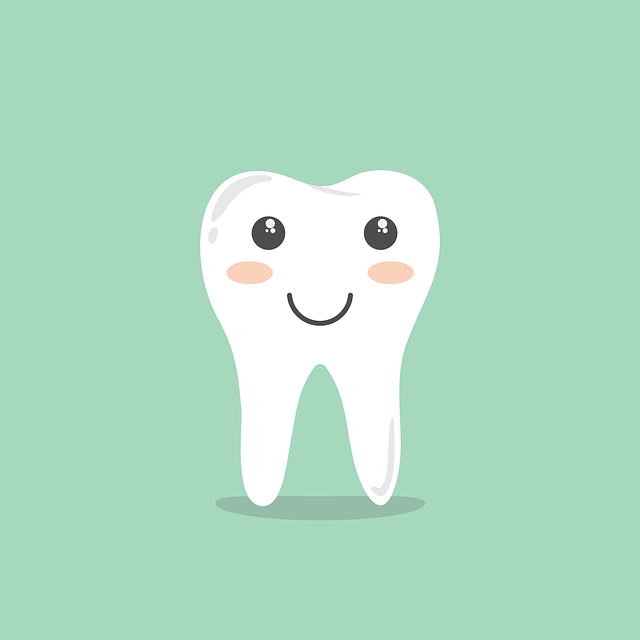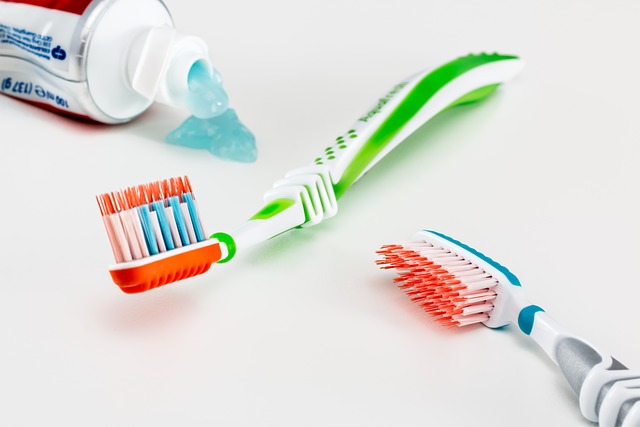Orthodontic Retainers: Which Type To Get & Their Costs!
Orthodontic retainers are a type of dental device used to keep teeth in their desired alignment following orthodontic treatment. Retainers can be removable or fixed and are typically made of metal wires and acrylic. They are very important in maintaining the alignment of your teeth and bite and can be an effective way to reduce the risk of relapse after orthodontic treatment has been completed. The cost of retainers can vary depending on the type, the complexity of the case, and the materials used. This article will discuss the types of retainers, the estimated cost of retainers, the pros and cons of using retainers, and how to properly care for them.
A Comprehensive Guide to Orthodontic Retainers: Types, Costs, Care, and Options
Orthodontic retainers are an important part of the orthodontic treatment process, designed to help keep teeth in their new, corrected positions. Retainers may be removable or fixed, and they come in many different types, each with its own advantages and disadvantages. In this article, we will explore the different types of retainers, the cost of retainers, how to care for them, and the available options for orthodontic retainers.
Types of Orthodontic Retainers:
There are three main types of orthodontic retainers: removable, fixed, and lingual.
Removable retainers are the most common type of retainer and are often made from a transparent plastic material molded to fit the shape of the patient’s teeth. They are typically easy to clean and can be taken out for eating and brushing, but should otherwise be worn as instructed.
Fixed retainers are attached to the back side of the teeth and cannot be removed. They are usually made from a thin wire that is bonded to the back of the teeth and is often used after traditional braces are removed.
Lingual retainers are similar to fixed retainers, but they are designed to fit on the inside of the teeth, making them virtually invisible. They are usually made from a thin wire that is bonded to the inside of the teeth.
Cost of Orthodontic Retainers
The cost of orthodontic retainers varies depending on the type of retainer and the treatment plan. Removable retainers typically range from $500-$1200, fixed retainers can cost up to $2000, and lingual retainers can cost up to $4000. Additionally, most dental insurance plans do not cover the cost of orthodontic retainers.
Caring for Orthodontic Retainers
It is important to care for orthodontic retainers properly in order to maintain their shape and keep them in good condition. Removable retainers should be cleaned with a toothbrush and toothpaste and then soaked in a retainer cleaning solution. Fixed retainers should be brushed with a soft toothbrush and flossed around them with dental floss. Lingual retainers should be brushed with a soft toothbrush and rinsed with a mild antiseptic mouthwash.
Options for Orthodontic Retainers
Patients have several options when it comes to choosing an orthodontic retainer. In addition to the three main types of retainers, there are also several other types of retainers available, such as clear aligners, night guards, and splints. Each type of retainer offers different benefits and drawbacks and should be discussed with an orthodontist to determine the best option for each patient.
In conclusion, orthodontic retainers are an important part of the orthodontic treatment process. There are several different types of retainers available, with varying costs and benefits. It is important to properly care for orthodontic retainers in order to maintain their shape and keep them in good condition. Lastly, patients have several options when it comes to choosing an orthodontic retainer, and the best option should be discussed with an orthodontist.
How to Find the Best Orthodontic Retainer for You
Finding the best orthodontic retainer for you can be a difficult and time-consuming task. It is important to consider the pros and cons of different types of retainers when making a decision.
One type of retainer is a Hawley retainer. This retainer is made of metal wires and acrylic, and it sits on the roof of the mouth. It is the most commonly used type of retainer and is relatively inexpensive. The main advantage of this retainer is that it is easy to adjust and can fit any mouth shape. The main disadvantage is that it can be uncomfortable and can cause speech issues.
Another type of retainer is an Essix retainer. This type is made of a clear, plastic material and fits like a mouthguard. It can be easily removed for cleaning and does not require regular adjustments. The main advantage of this retainer is that it is comfortable and does not interfere with speech. The main disadvantage is that it can be expensive and must be replaced more frequently than a Hawley retainer.
Finally, the most recent type of retainer is a lingual retainer, which is placed on the back of the teeth. This retainer is made of metal and is much more comfortable than the other types. The main advantage of this type of retainer is that it is discreet and does not interfere with speech. The main disadvantage is that it must be adjusted more often than the other types of retainers and can be expensive.
When choosing the best orthodontic retainer for you, it is important to consider the pros and cons of each type. Different types of retainers may be better suited to different mouth shapes and preferences. Consider the cost, comfort, and convenience of each type before making a decision.
What to Expect During Orthodontic Retainer Fitting: What You Need to Know
When it comes to orthodontic treatment, many people think of braces. However, retainers are just as important, if not more important, in the treatment process. The retainer helps to keep teeth in the desired position following treatment. It is important to understand what is involved in the retainer fitting and follow the instructions of the orthodontist to ensure that the retainer works properly.
When you arrive for your retainer fitting, the orthodontist will first take an impression of your teeth. This is done either with a traditional dental impression or with a digital scanner. The impression or scan is used to create a 3D model of your teeth, which is then used to design the retainer. Once the retainer has been designed, the orthodontist will fit it into your teeth.
The retainer should fit comfortably and be free of any sharp edges or points. If the retainer does not fit correctly, the orthodontist can make adjustments to ensure a proper fit. Once the retainer fits correctly, the orthodontist will show you how to insert and remove it correctly.
The orthodontist will also discuss how often you should wear the retainer and when you should replace it. In general, retainers should be worn at least a few hours a day, but the exact amount of time can vary depending on the individual patient. It is important to wear the retainer as instructed by your orthodontist in order to maintain the desired results.
Your orthodontist may also provide instructions on how to care for the retainer. This may include instructions on how to clean and store the retainer when not in use. It is important to follow these instructions so that the retainer remains in good condition.
Finally, the orthodontist will explain what to do if the retainer becomes uncomfortable or if you experience any other issues. It is important to contact your orthodontist if you have any concerns about the retainer or if it does not seem to be working properly.
By understanding what to expect during the retainer fitting and following the instructions of the orthodontist, you can ensure that your retainer works properly and that your teeth remain in their desired position.
Are They Worth the Investment?
Orthodontic retainers are an important part of the orthodontic treatment process, designed to help keep teeth in their corrected positions after braces are removed. Although the cost of retainers can vary, they are generally considered to be worth the investment, as they help to maintain the desired results achieved by braces.
Retainers are typically made from a plastic material, which is molded to fit the patient’s teeth. The cost of retainers will depend on the type of material used, as well as the complexity of the retainer. For example, retainers that are used to correct more complex alignment issues may be more expensive than those used for simple corrections. The cost will also vary depending on the orthodontist, as some orthodontists may charge more than others.
In addition to the cost, the longevity of the retainer must be taken into account when deciding whether or not to invest in retainers. A retainer may need to be replaced after a few years due to wear and tear. It is important to discuss retainer replacement with your orthodontist and factor this into the overall cost of the retainer.
Finally, the cost of retainers should be weighed against the potential benefits. By wearing a retainer, teeth are less likely to shift back to their pre-braces positions, thus preserving the results of the orthodontic treatment. Additionally, retainers can help to prevent the need for future orthodontic treatment, which can be more expensive than purchasing a retainer.
In summary, the cost of retainers is an important factor to consider when deciding whether or not to invest in them. However, when looking at the overall cost associated with retainers, the potential benefits should also be taken into account. Ultimately, retainers are typically considered to be worth the investment, as they help to preserve the results achieved by orthodontic treatment.
Tips for Long-Term Results
For those who have recently completed orthodontic treatment, it is important to follow the instructions provided by your orthodontist for proper retainer care. Retainers are designed to keep your teeth in their new, corrected positions and ensure long-term results. Proper retainer care is essential to maintaining the outcome of your treatment. Here are some tips to help you stay on track with your retainer care.
First and foremost, wear your retainer as recommended by your orthodontist. This may include wearing it full-time initially before transitioning to night-time wear only. The amount of time you wear your retainer will depend on your individual treatment plan. Make sure to follow your orthodontist’s instructions to ensure your new smile stays in place.
It is also important to clean your retainer regularly. Brush it with a toothbrush and toothpaste, or use a denture cleaning tablet. Make sure to rinse it thoroughly after cleaning to remove any remaining particles. This will help to keep your retainer free of bacteria and prevent discoloration over time.
When you’re not wearing your retainer, store it in its case. This will help to keep it clean and safe from damage. Avoid leaving your retainer in direct sunlight or in hot water, as this can damage the material.
Finally, make sure to visit your orthodontist regularly for checkups. This will allow your orthodontist to assess the progress of your treatment and make any necessary adjustments to your retainer.
By following these tips, you can ensure that your orthodontic treatment yields long-term results. Proper retainer care is essential for maintaining your new smile and achieving the outcome you desire.
Conclusion
In conclusion, orthodontic retainers are a great way to maintain your smile after orthodontic treatment. However, before deciding to get a retainer, it is important to consider the type of retainer, the cost, the pros and cons, and the care associated with it. Depending on your individual needs, a particular type of retainer may or may not be the best choice for you. Ultimately, it is important to consult with your orthodontist to determine the best retainer for your specific needs. With proper care, the retainer can help you maintain your beautiful smile.






